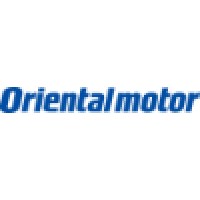
Vicarious
The Vicarious business has been acquired by Intrinsic, a robotics software and AI company at Alphabet. Together, we share an exciting mission to unlock the economic and creative potential of industrial robotics for millions of businesses, entrepreneurs and developers. Learn more about the work we will do together at www.intrinsic.ai. — Before joining Intrinsic, Vicarious built a thriving business as a turnkey robotics solutions integrator using AI to automate tasks too complex for traditional automation, by leveraging their deep expertise in neuroscience. Vicarious was founded in 2010 by Scott Phoenix and Dileep George, and backed by over $200M from investors like Jeff Bezos, Elon Musk, Mark Zuckerberg, and Samsung. Its technology has been published in peer-reviewed journals like Science and Science Robotics and featured by the New York Times, Wall Street Journal, MIT, Wired, and more.






